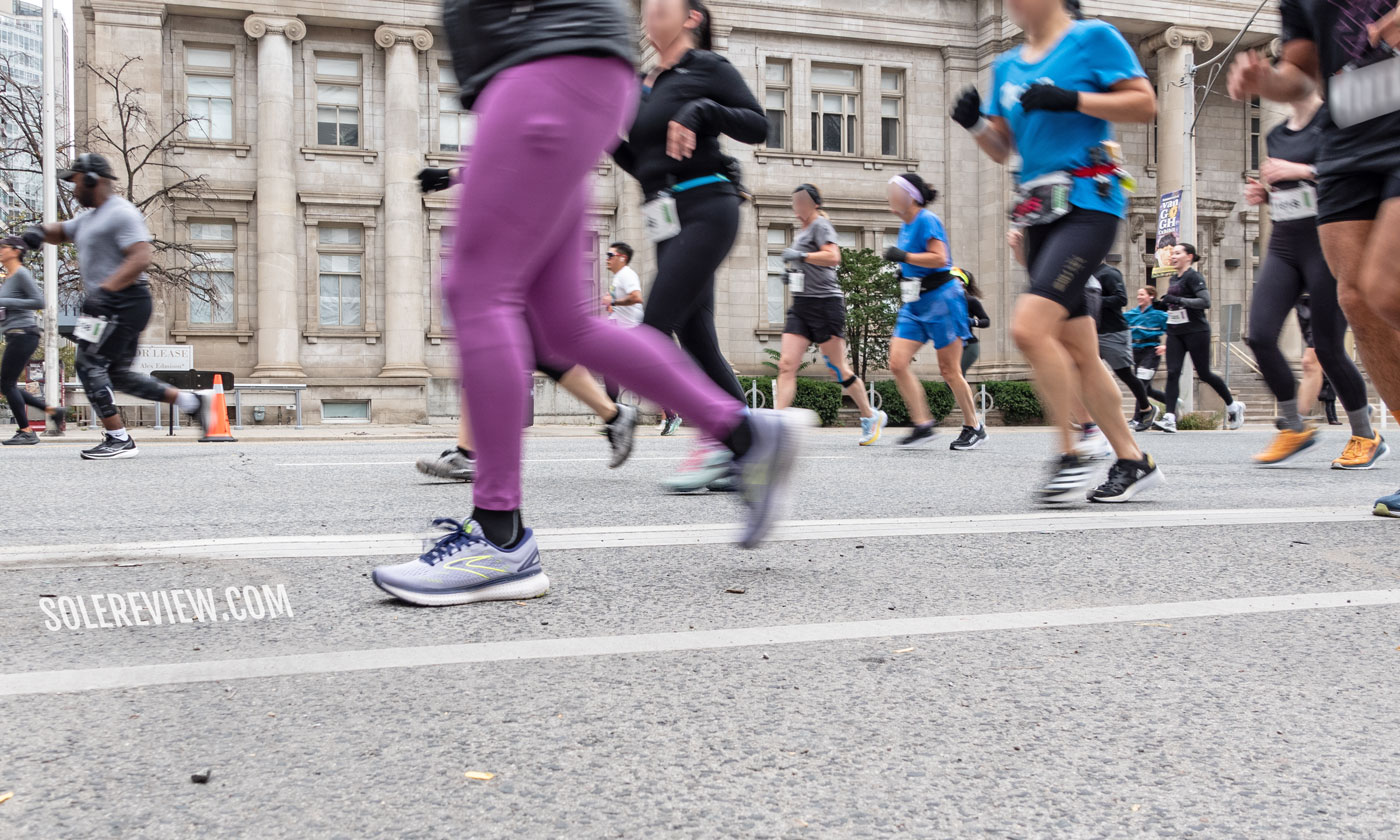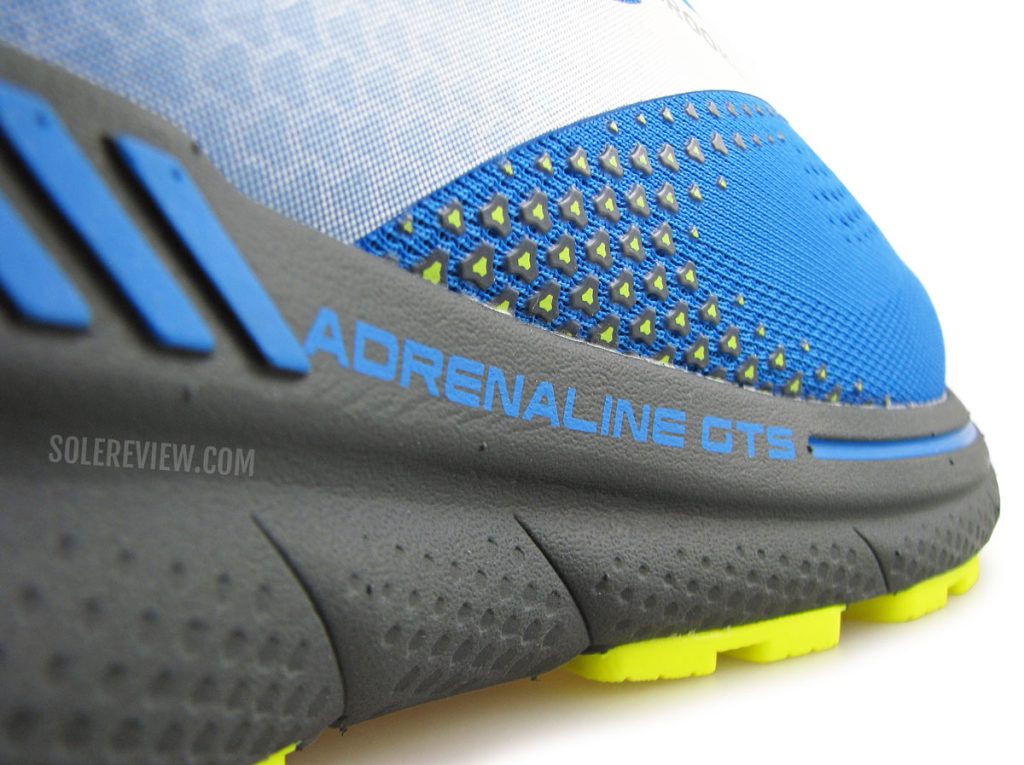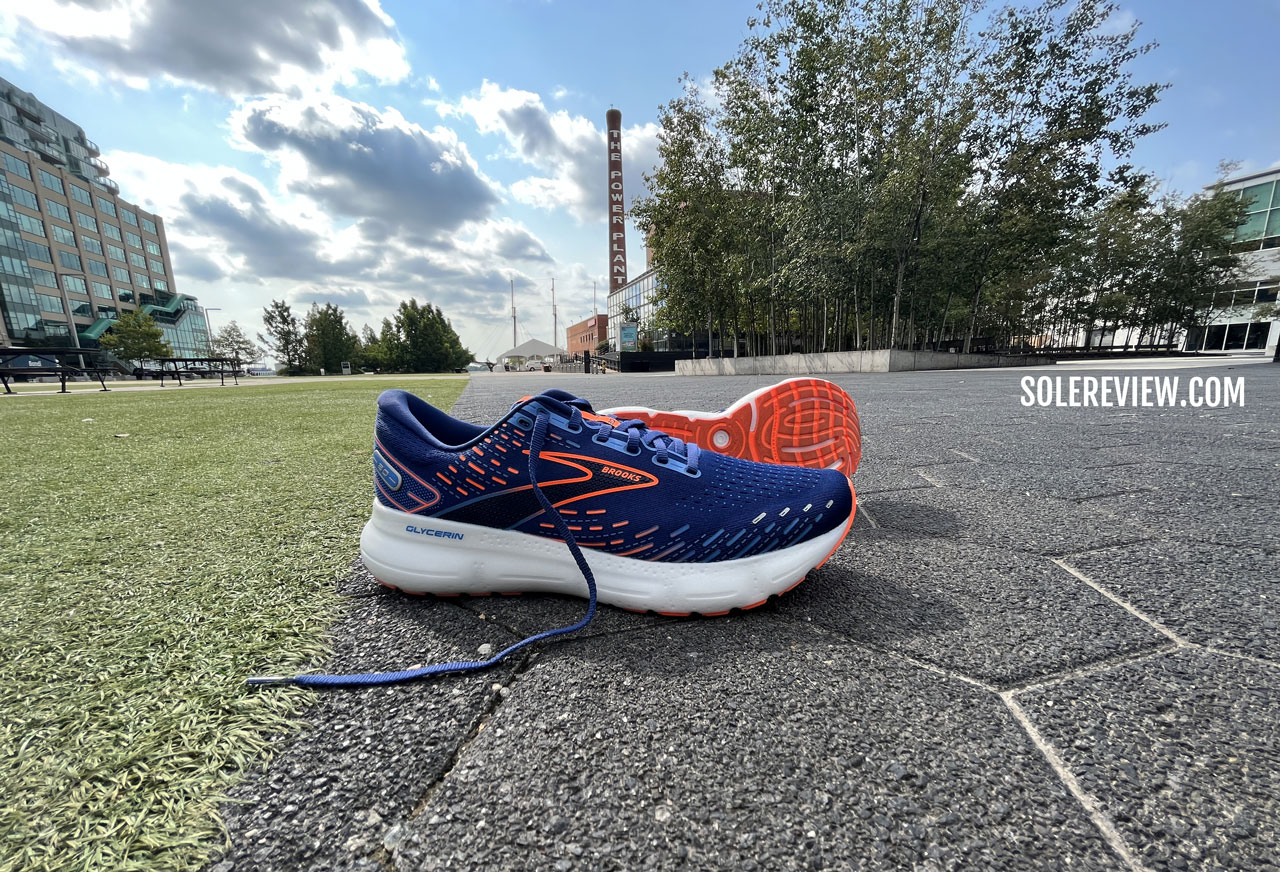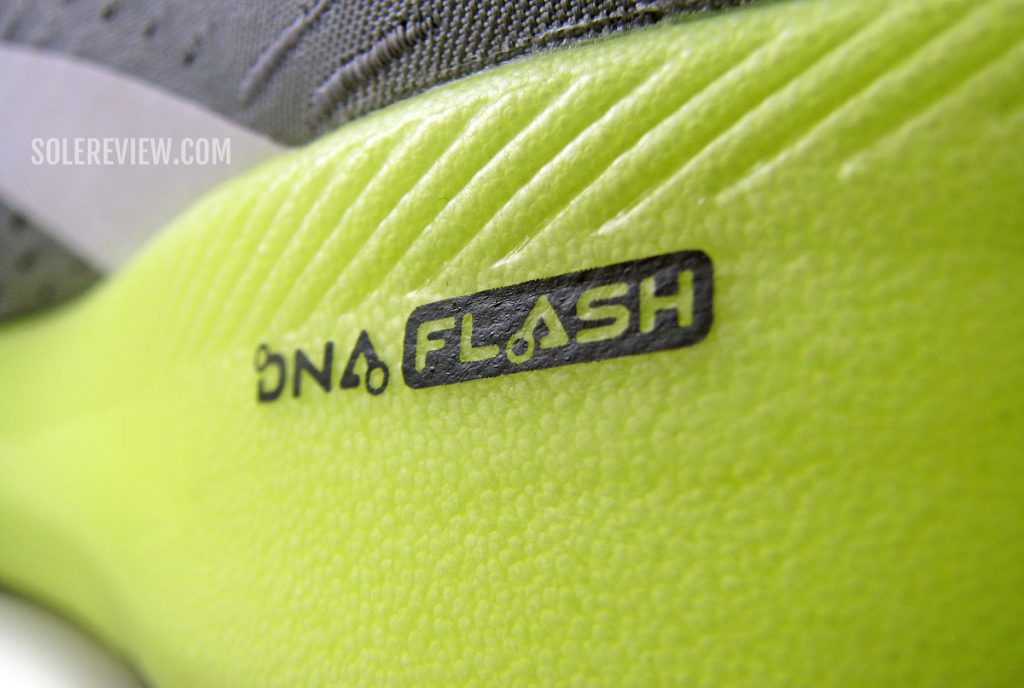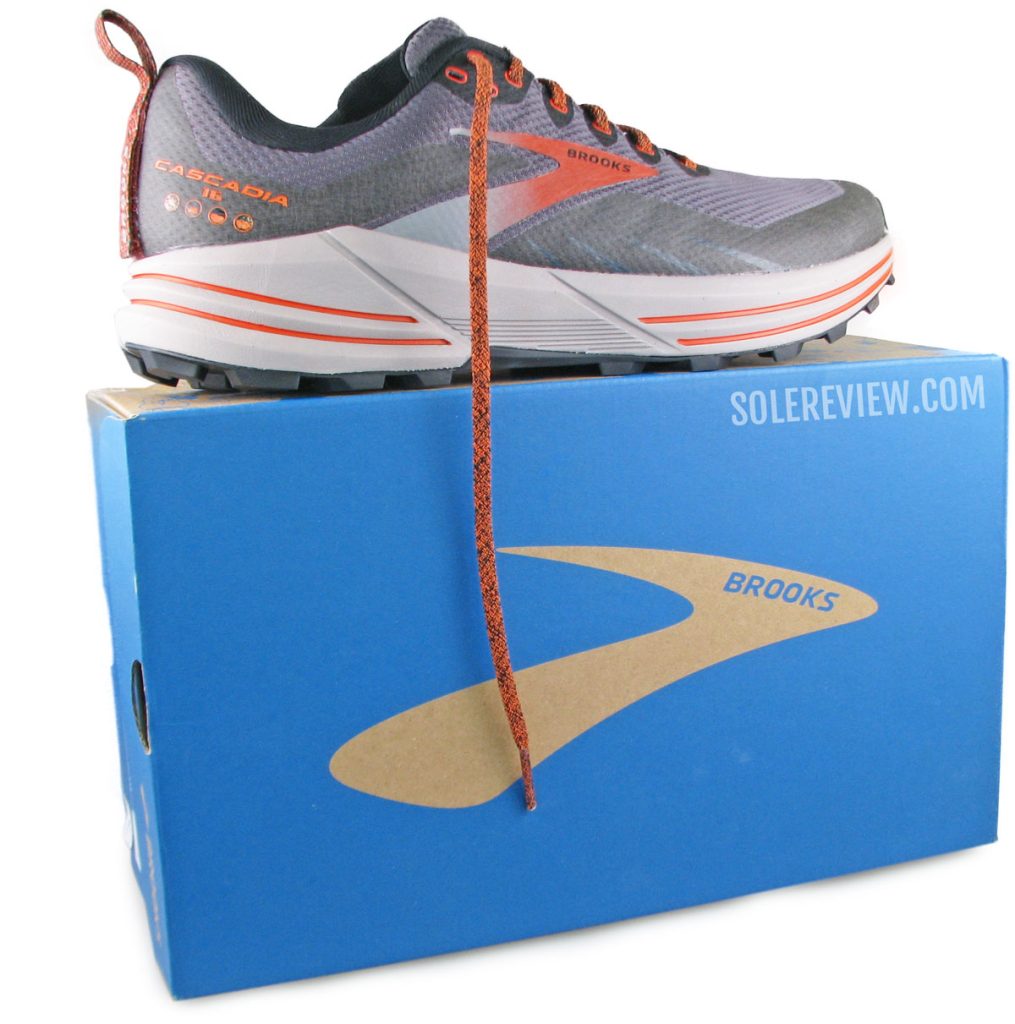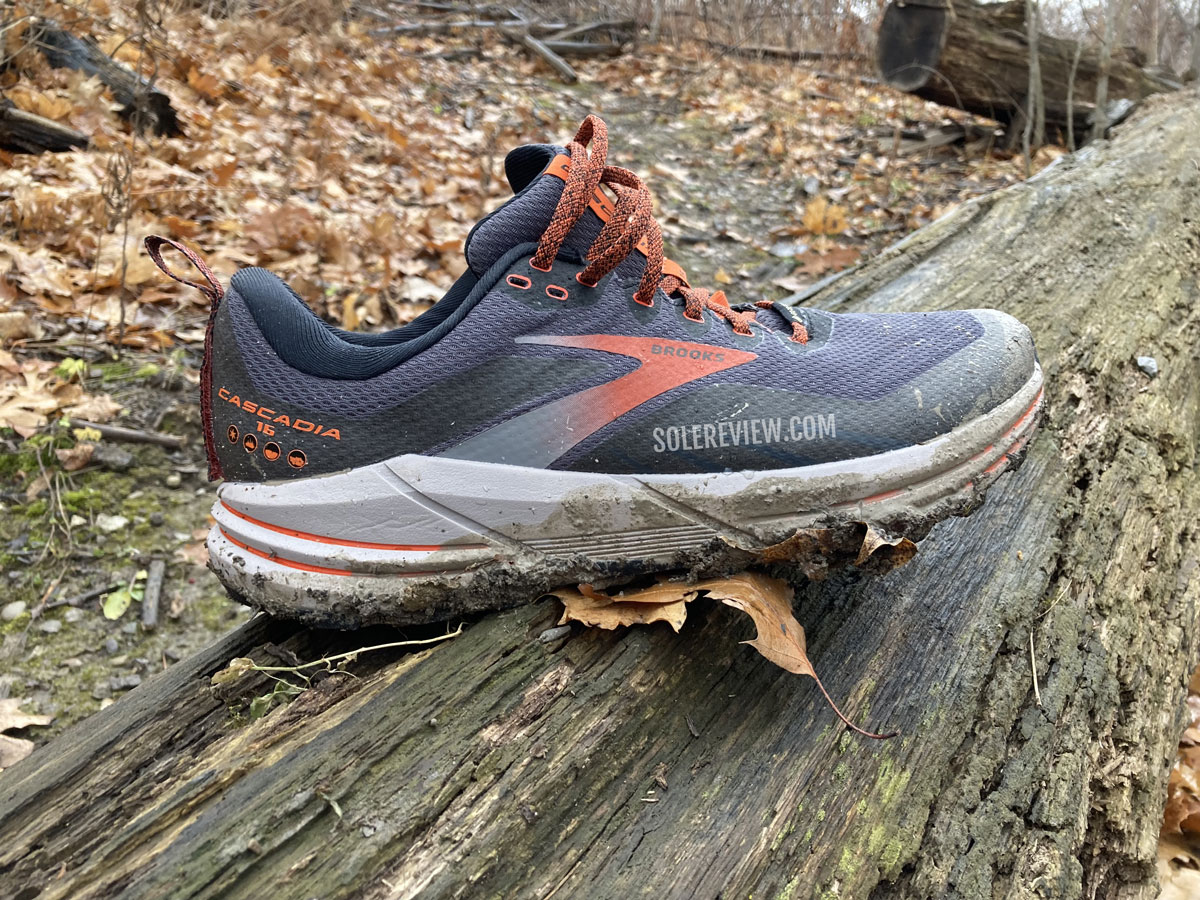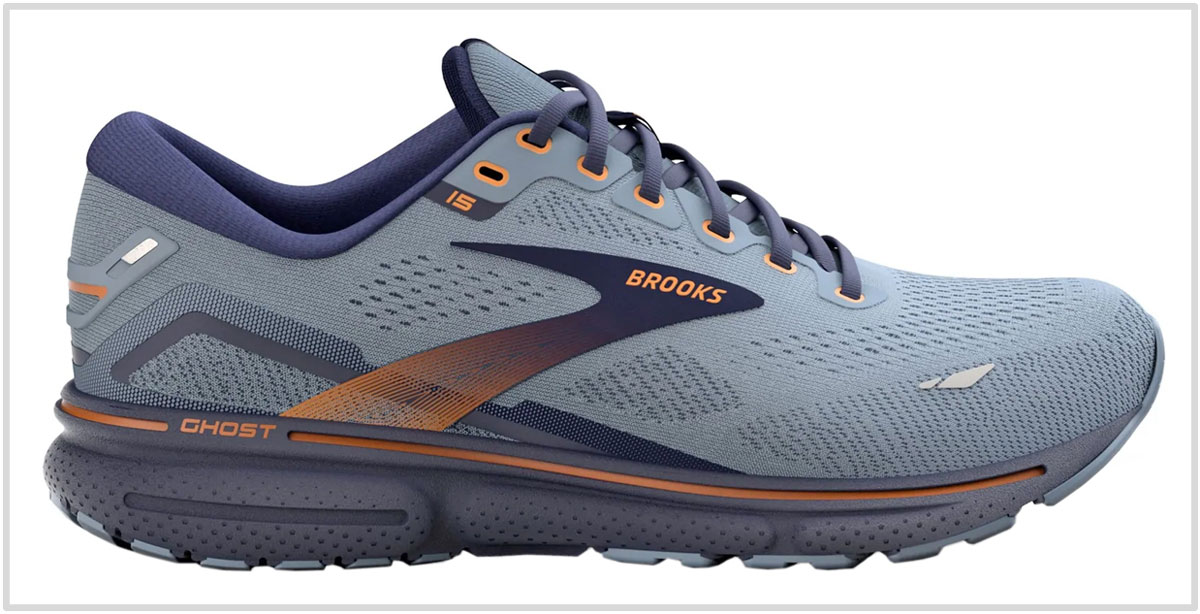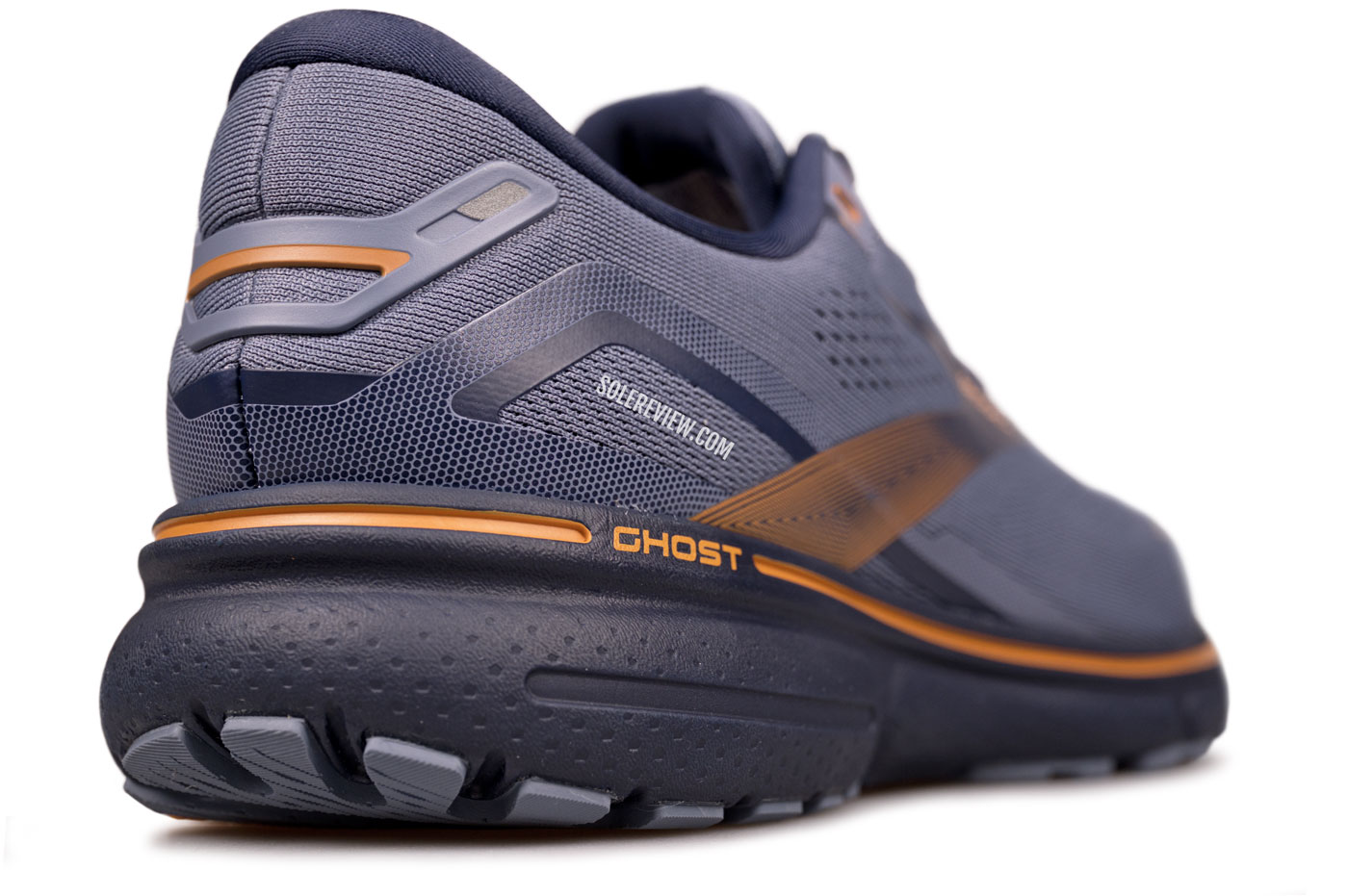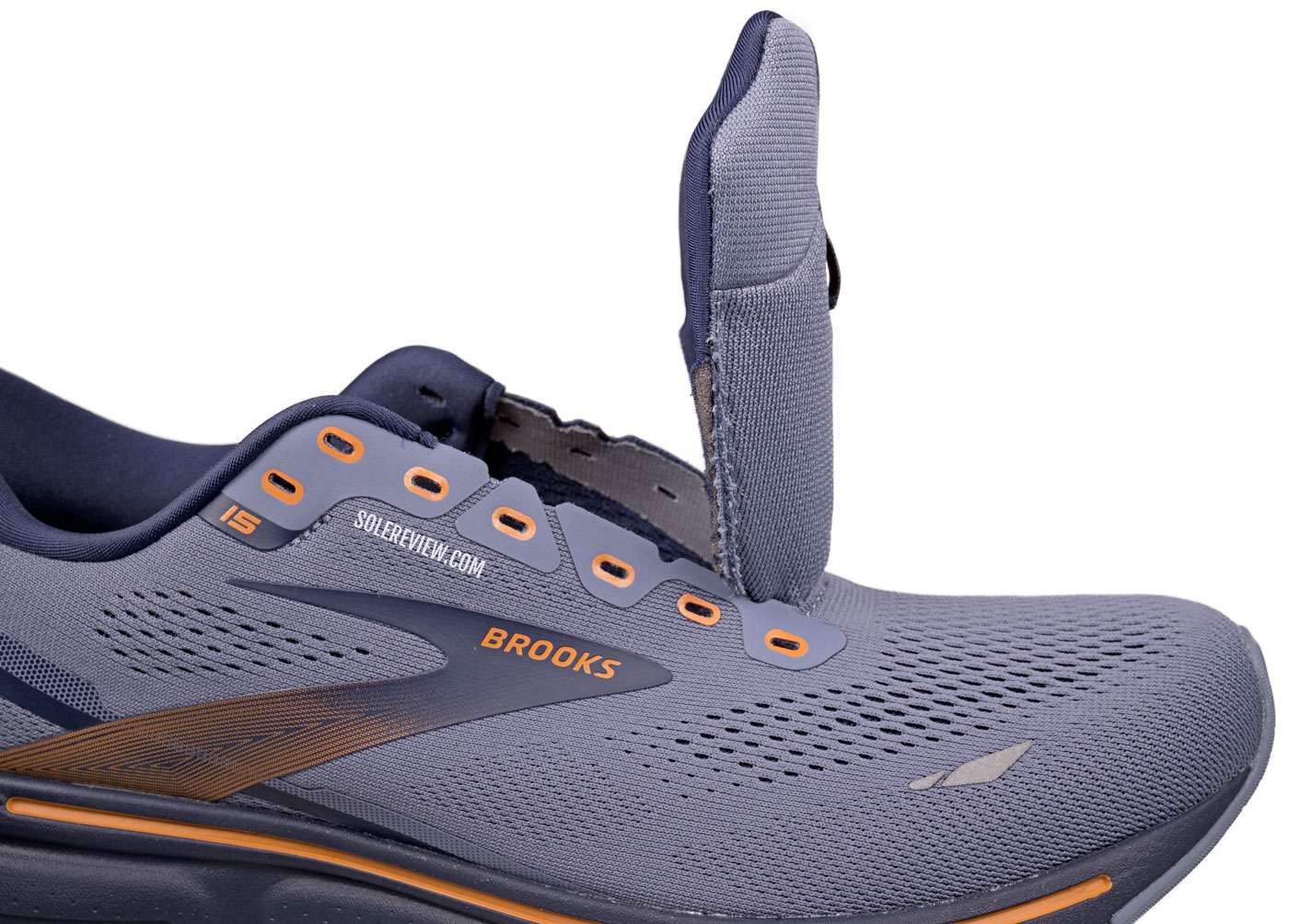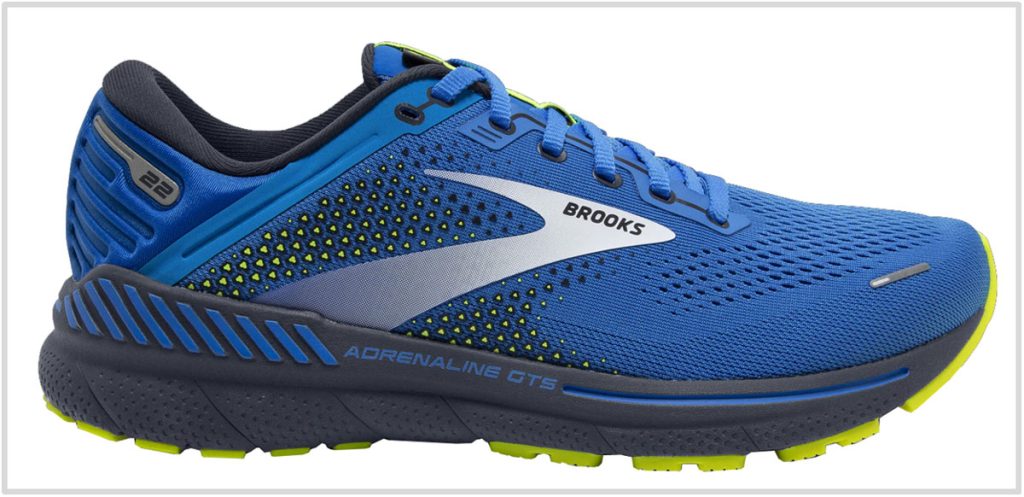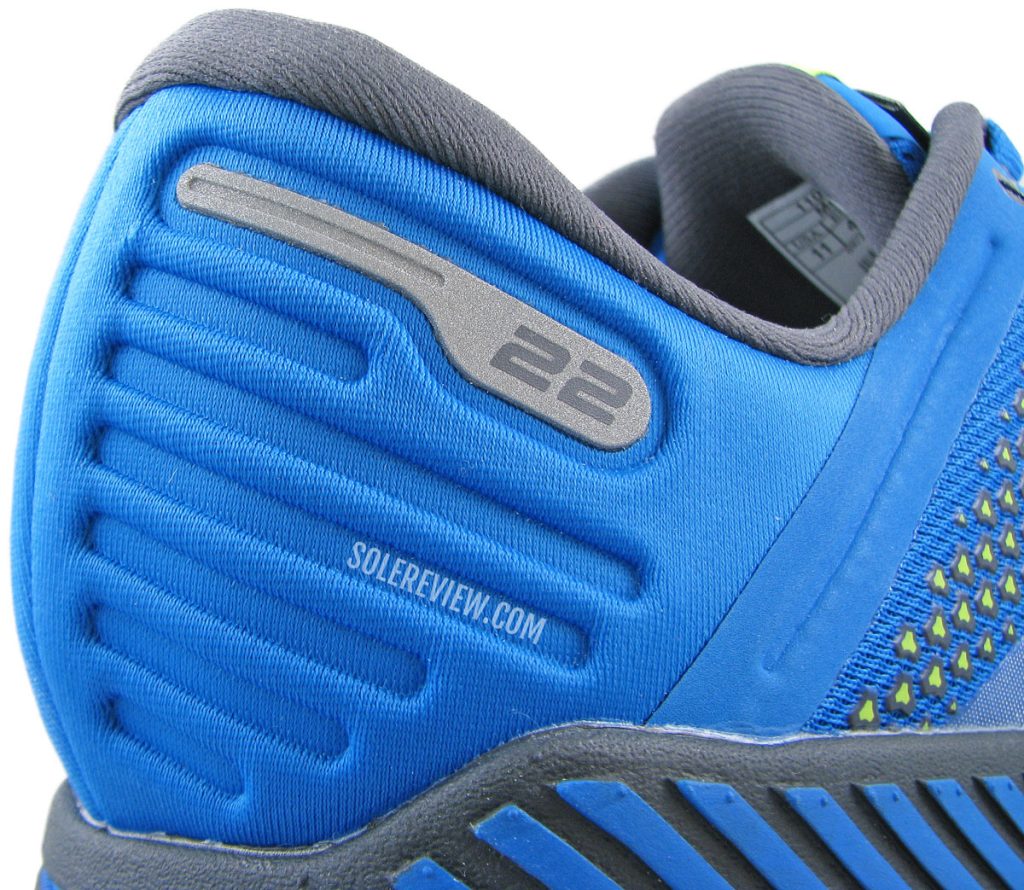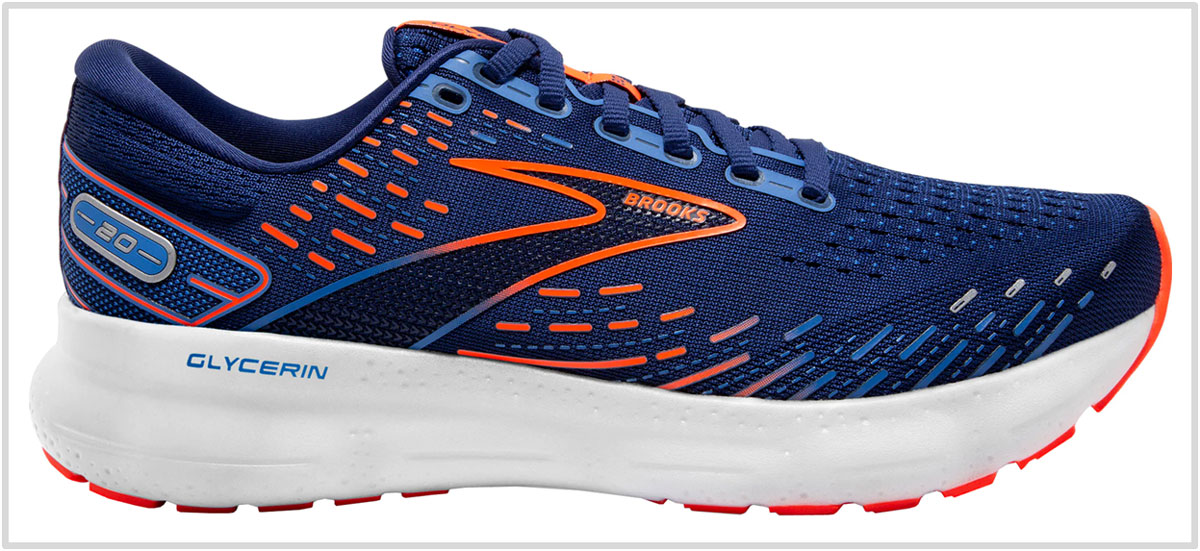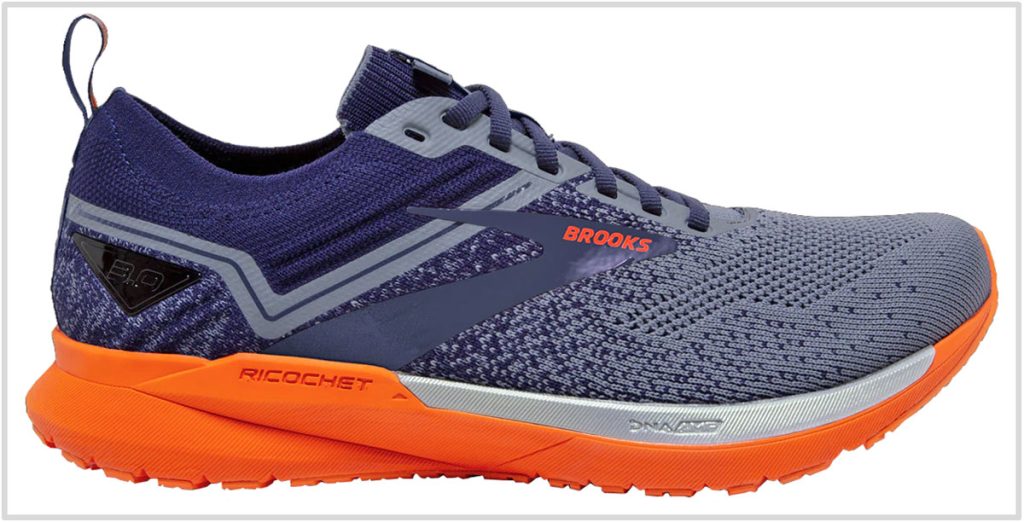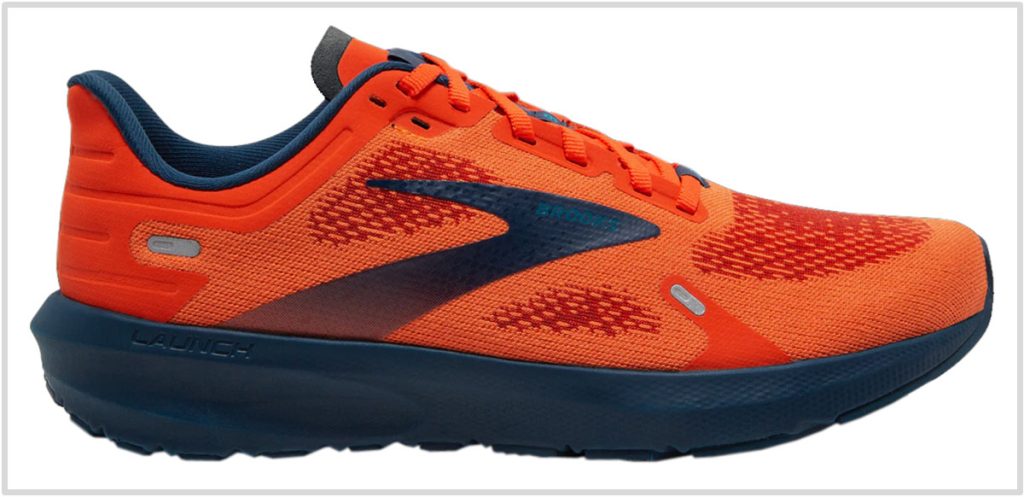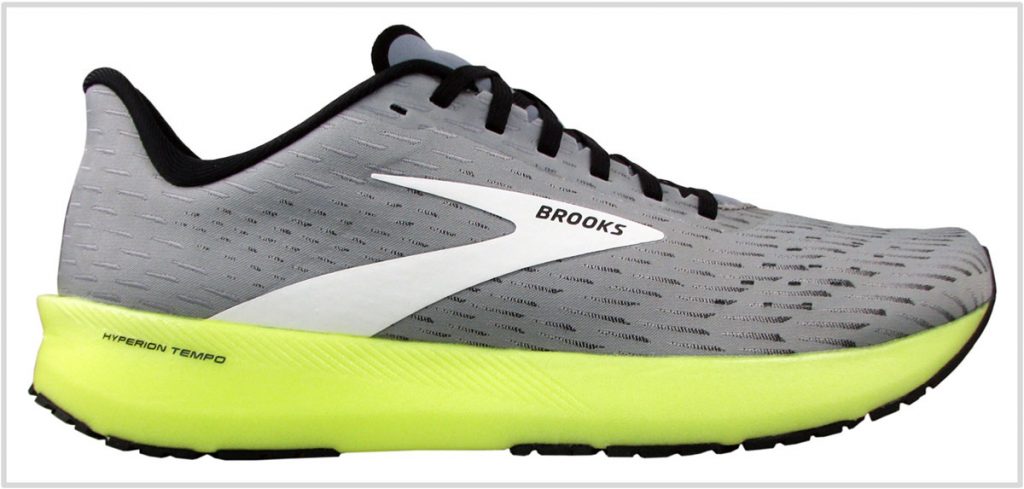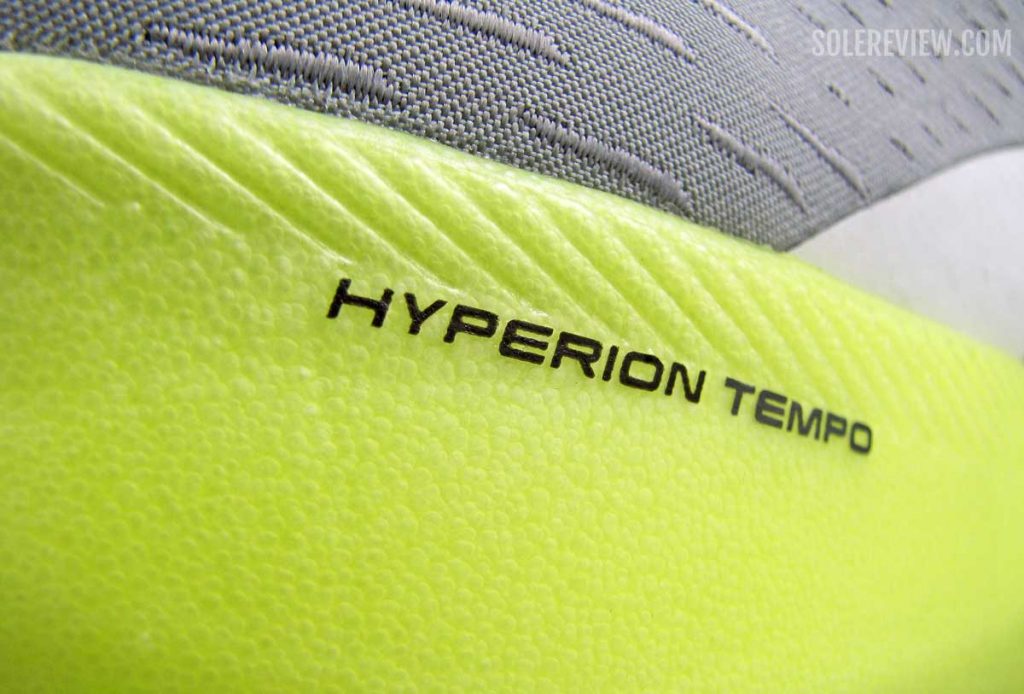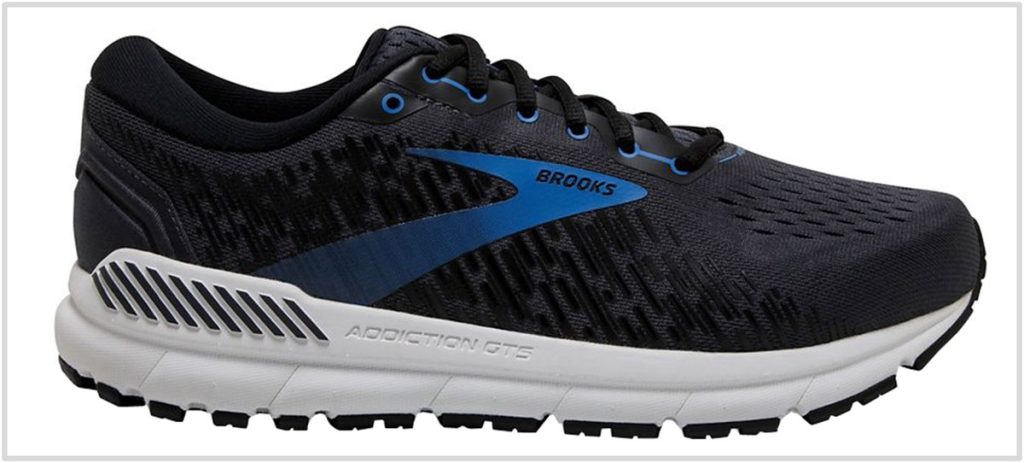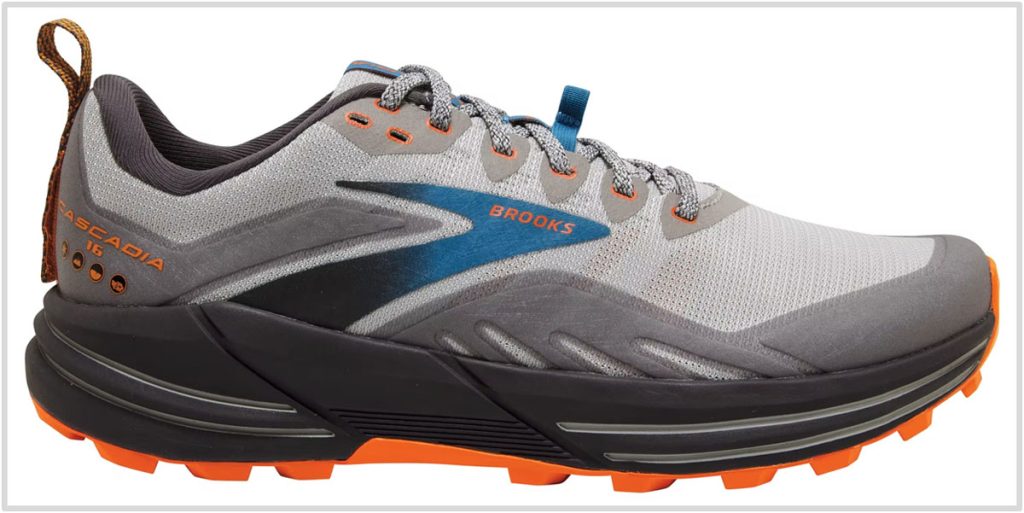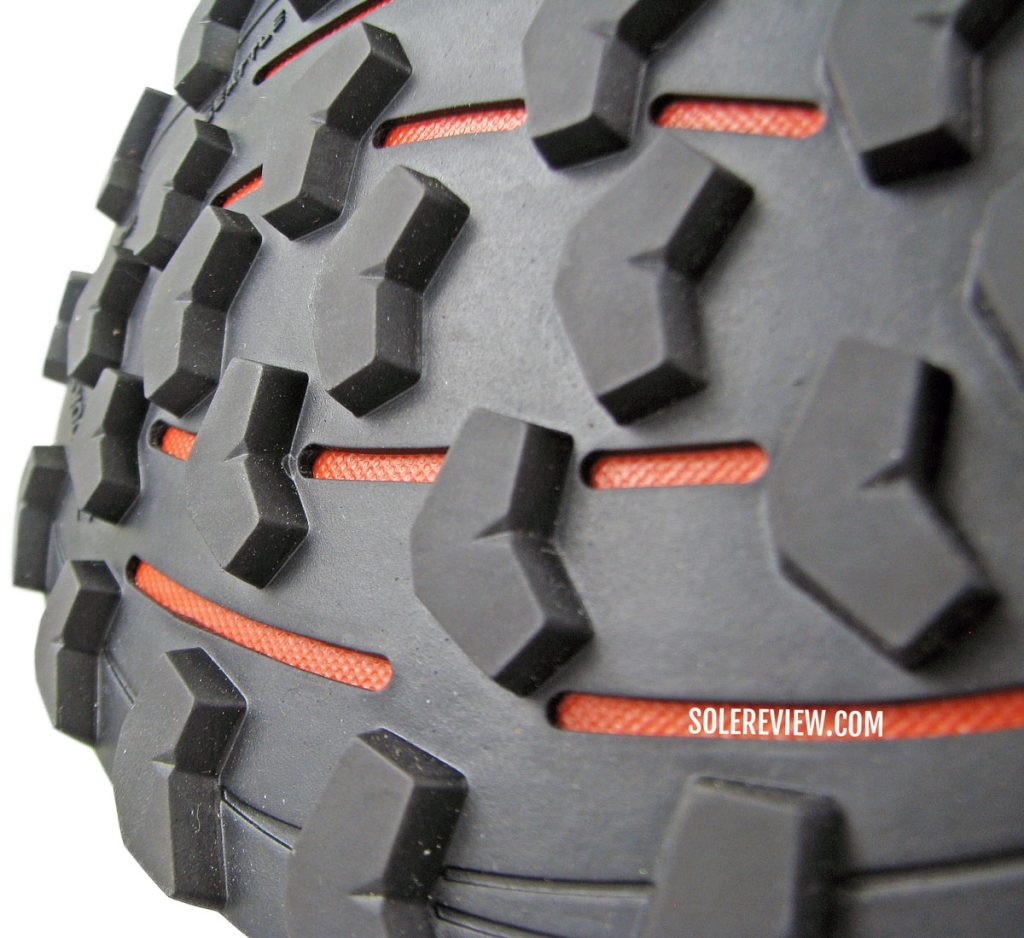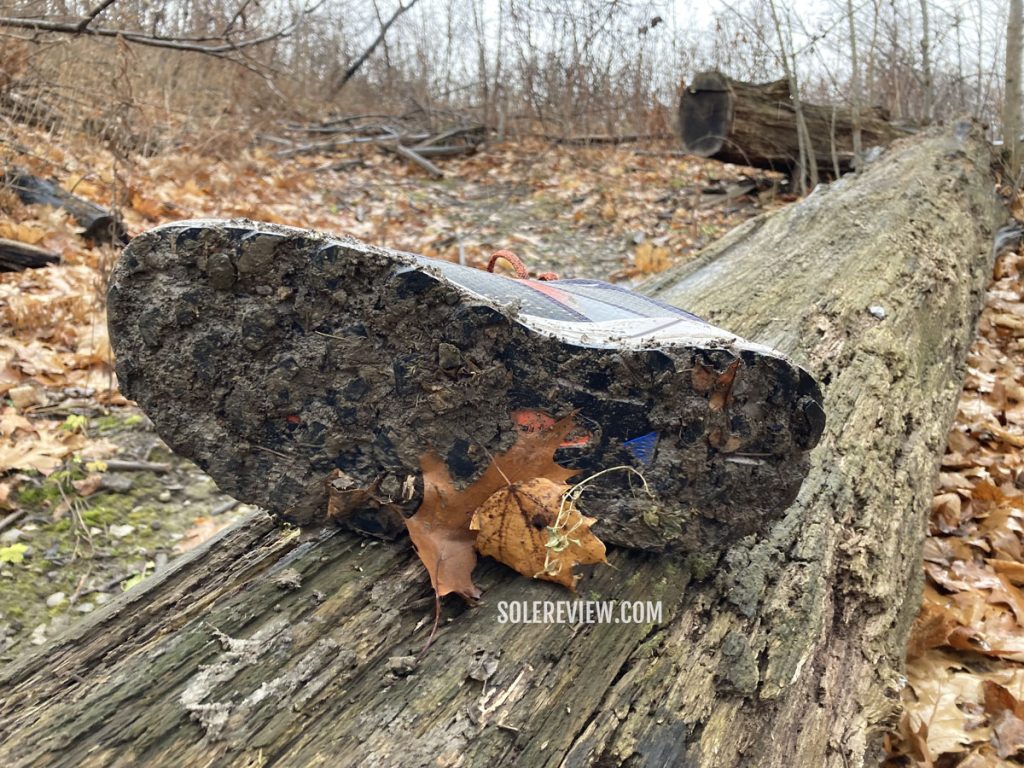This article has been updated with current models for December 2022. The Brooks Ghost 14 has been replaced with its updated version.
In this product guide:
- 1. Factors to consider
- 2. Daily neutral trainer: Brooks Ghost 15
- 3. Supportive daily trainer: Brooks Adrenaline GTS 22
- 4. Long-distance neutral trainer: Brooks Glycerin 20
- 5. Supportive daily neutral trainer: Brooks Ricochet 3
- 6. Lightweight neutral trainer: Brooks Launch 9
- 7. Lightweight speed trainer: Brooks Hyperion Tempo
- 8. Max-support trainer: Brooks Addiction GTS 15
- 9. Versatile Trail running shoe: Brooks Cascadia 16
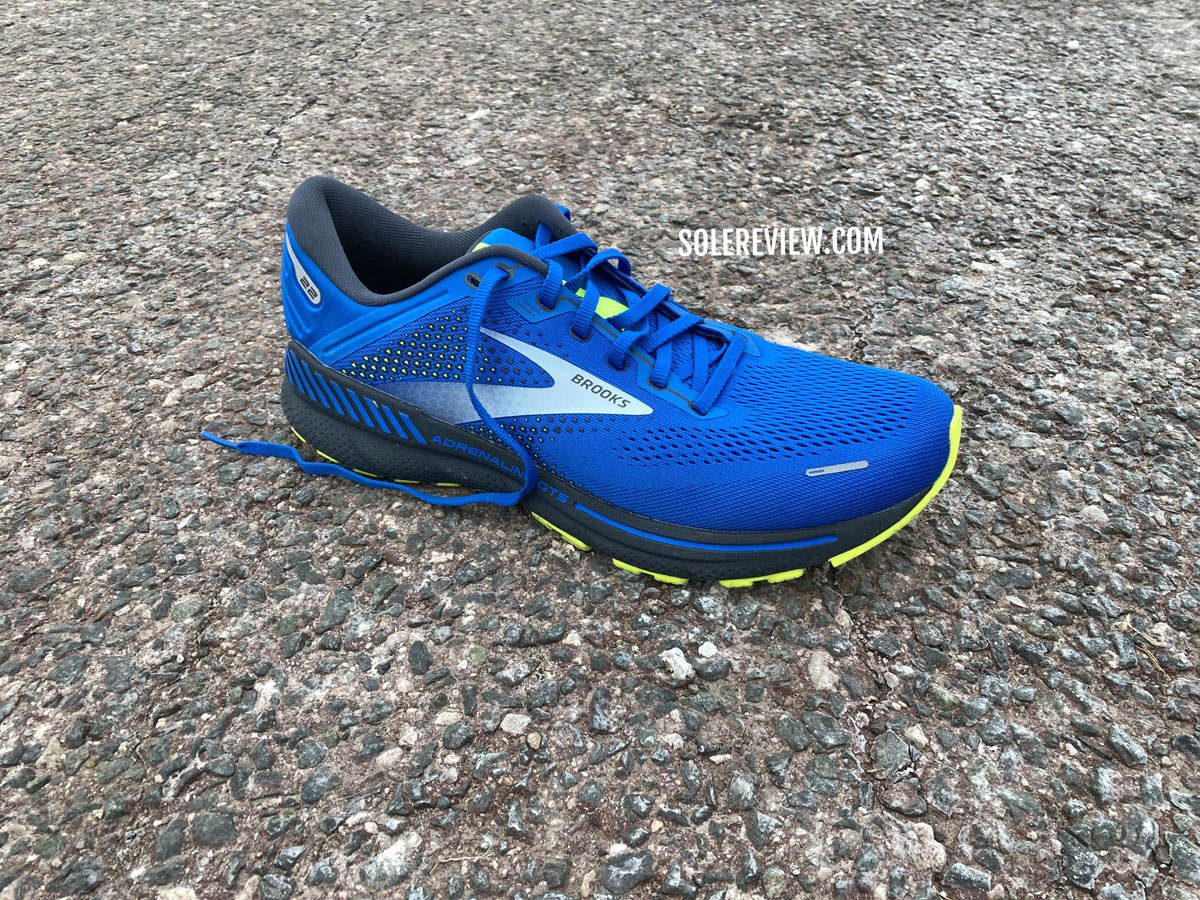
After reviewing Brooks running shoes for more than a decade, we think we have a pretty good handle on what the brand is about.
If its history is anything to go by, Brooks is an industry player with a low risk tolerance. Their running shoes are usually excellent with a please-all character; Brooks products use premium upper materials and relatively conventional cushioning systems.
For example, the ‘DNA Loft’ foam – which is used across its staple products like the Ghost and Adrenaline – is an EVA blend rather than PEBA or E-TPU.
This isn’t to say that Brooks doesn’t use new-age materials in their products. The Hyperion Tempo, Catamount, and Elite have the lightweight DNA Flash foam, while the Levitate has the springy ‘DNA AMP’ midsole.
The Glycerin 20 now has the DNA Loft V3 foam – a Nitrogen-infused foam that has its roots in the DNA Flash.
But these foam technologies have their quirks.
For example, the Brooks Levitate 5’s PU midsole is firm and vertically springy because of the ‘skin’ over the softer core. It’s not lightweight either.
There were also reports of the DNA AMP midsole cracking in half, and feedback seems to reflect in the newest generation of Ricochet and Levitate. The Ricochet 3 only uses a forefoot DNA AMP wedge instead of a full-length set-up, with the rest of the midsole being EVA foam. The Levitate also uses some EVA foam which wasn’t the case earlier.
Despite the DNA Loft V3, the Brooks Glycerin 20 is heavy by modern standards – it weighs over 10 ounces for the median size.
The DNA Flash foam is produced by blending supercritical Nitrogen with EVA foam (more details here). That results in a firm and extremely lightweight material that’s best used in speed trainers and racers.
But for its bread and butter assortment that comprises of the Adrenaline and Ghost, Brooks steers clear of anything fancy. That’s been the case throughout all these years, and we can see why.
The running shoe industry is changing so rapidly, so there’s a market for ‘regular’ running shoes that maintain the status quo. The Brooks Ghost 15 is a good example. At its core, this evergreen neutral trainer is surprisingly simple – and that’s why to appeals to most runners.
On the Ghost 15, a single-density midsole is topped with a removable footbed. A smooth and true-to-size upper feels plush for its $130 retail price. As a sum of parts, the very comfortable Ghost 15 could be just one shoe to do-it-all. That was true a decade ago as it is today.
Runners love that kind of consistency. While other brands keep making transformative updates to their staple products, Brooks doesn’t fix what’s broken. Well, almost. Because, uh, ‘Guiderails’.
Eight years ago (wow, has it been that long?), we reviewed a Brooks running shoe called the Transcend. It was certainly ahead of its time, as it succeeded the medially posted Brooks Trance 12 design with a wide midsole and elevated ‘Guiderails’.
Back then, all stability shoes had a firmer wedge (medial post), and to do anything else was an unpardonable sin. But it was the original ‘supportive neutral’ running shoe, a form factor that’s now commonplace. A modern example would be the Nike Structure 24.
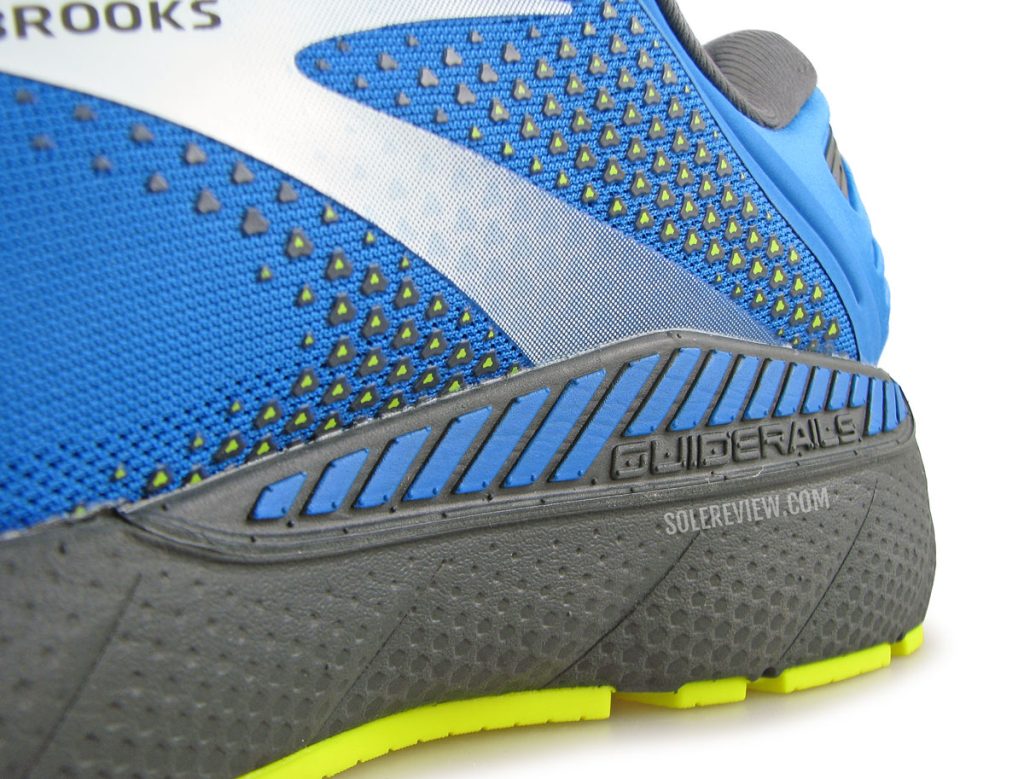
The Guiderails have never been perfect. Having said that, the Adrenaline 22 is a supportive running shoe.
However, the Guiderail wasn’t the perfect design solution back then, and it isn’t now. Nearly six years ago, we said that the Transcend 3’s Guiderails created a mild hot spot under the arch. It’s deja vu with the newly-released Adrenaline GTS 22 as well.
Also, since most Brooks running shoes are fairly supportive, the tiny Guiderail’s role in the overall scheme of things is pretty insignificant.
Like the medial post, any claims of Guiderails preventing foot roll or pronation is dubious. But that’s fine, whatever – most brands exaggerate the benefits of their running shoes, so why should Brooks be any different?
However, slapping Guiderails on every second shoe and calling them something something ‘GTS’ is a lazy approach.
For example, the medially posted Ravenna is gone and was replaced with the Launch GTS 8 (now Launch GTS 9). There’s not much difference between the standard Launch 9 and its GTS variant, to be honest. And from the looks of it, the Levitate GTS 5 is the new Brooks Bedlam.
The Transcend no longer exists, and its place is the Glycerin 20 GTS. Well, at least that makes sense. In our 2014 review of the Transcend, we called the latter a ‘supportive Glycerin.’ Guess things have come full circle, after all.
What else is new?
For a very long time, Brooks did not sell a running shoe below $100. Till a few years ago, the Launch was Brooks’s least expensive shoe.
Things have changed since. The $85 Anthem was the first Brooks shoe to retail in double digits, and the current line-up has several budget products like the Range, Signal, Transmit, and Trace. That makes sense, since other brands sell excellent running shoes below the $100 threshold.
Summing up, it’s fair to say that Brooks’s three ‘pillars’ of innovation are – a) the new foams like DNA AMP and Flash b) Guiderails c) Affordable sub-$100 running shoes.
Other than that, it’s business as usual. This list has familiar products like the Adrenaline, Ghost, and Glycerin along with flankers like the Ricochet and Addiction GTS 15.
The Cascadia has always been an excellent trail shoe, and the 16th version has been completely redesigned. The midsole gets rid of the ‘Pivot posts’ and opts for a simpler foam stack instead.
1) Daily neutral trainer: Brooks Ghost 15
Neutral running doesn’t get more dependable than the Brooks Ghost 15. We say this because we believe so, and not because of Brooks’s marketing spiel.
While the smooth and soft-touch upper creates a plush interior, it’s the midsole that makes the difference. Here, instead of a separate heel plug, the Ghost 15 now relies on a single-density midsole.
This was a change that took place on the Ghost 13, and the 14/15 follows a similar design. The switch to a one-piece midsole makes the ride smooth without compromising ride comfort.
We’ve always seen the Ghost as a great value proposition. It’s a neutral trainer that derives its genes from the pricier Glycerin, yet separates itself with a light-on-the-feet character.
The Ghost just feels lighter over the foot, and the cleaner exterior (vs. the Glycerin) plays a major part in the fit experience.
The Ghost 14 was an excellent daily trainer with loads of versatility, and we’re happy to report that the Ghost 15 is more of the same. We cover the Ghost 15’s predictable character in our detailed review.
A waterproof and winterized Ghost GTX (Gore-Tex) version is also available for a $30 upcharge over the regular Ghost. Brooks uses the Gore-Tex ‘Invisible Fit’ laminate to achieve a true-to-size fit.
2) Supportive everyday trainer: Brooks Adrenaline GTS 22
The Adrenaline GTS is Brooks’ long-running stability trainer, similar to the role that the New Balance 860 or the Asics GT-2000 plays for their respective brands. However, the GTS 22 couldn’t be more different than the Asics GT-2000 11.
The firmer medial post that used to be a part of the older-generation Adrenalines has been replaced with ‘Guiderails’.
The raised midsole sidewalls claim to make the ride supportive by creating a cup-like design for the foot to rest on. If you ask Solereview, the Guiderails are a sensory placebo – just like the medial post.
And they have never been a perfect design solution. The Adrenaline GTS 22 is an excellent example. Its midsole is firmer than the 21, and so are the Guiderails. So while the ride is more supportive, the firmer Guiderail may become a source of discomfort for a few runners.
Nonetheless, the GTS 22 is a cushioned and supportive everyday trainer that should work for most people. Our in-depth review is here.
3) Long-distance neutral trainer: Brooks Glycerin 20
If you’re looking for a running shoe for the long and easy runs, then the Brooks Glycerin 20 is a safe and dependable option. And no, the midsole isn’t super-bouncy or pillowy-soft. Our in-depth review breaks down the Glycerin’s fit and ride character.
What it does have in spades is a very smooth and supportive ride quality. You can thank the new DNA Loft V3 midsole that feels just right in its cushioning delivery. It’s neither too soft nor too firm, and that’s what gives this running shoe a nuanced character.
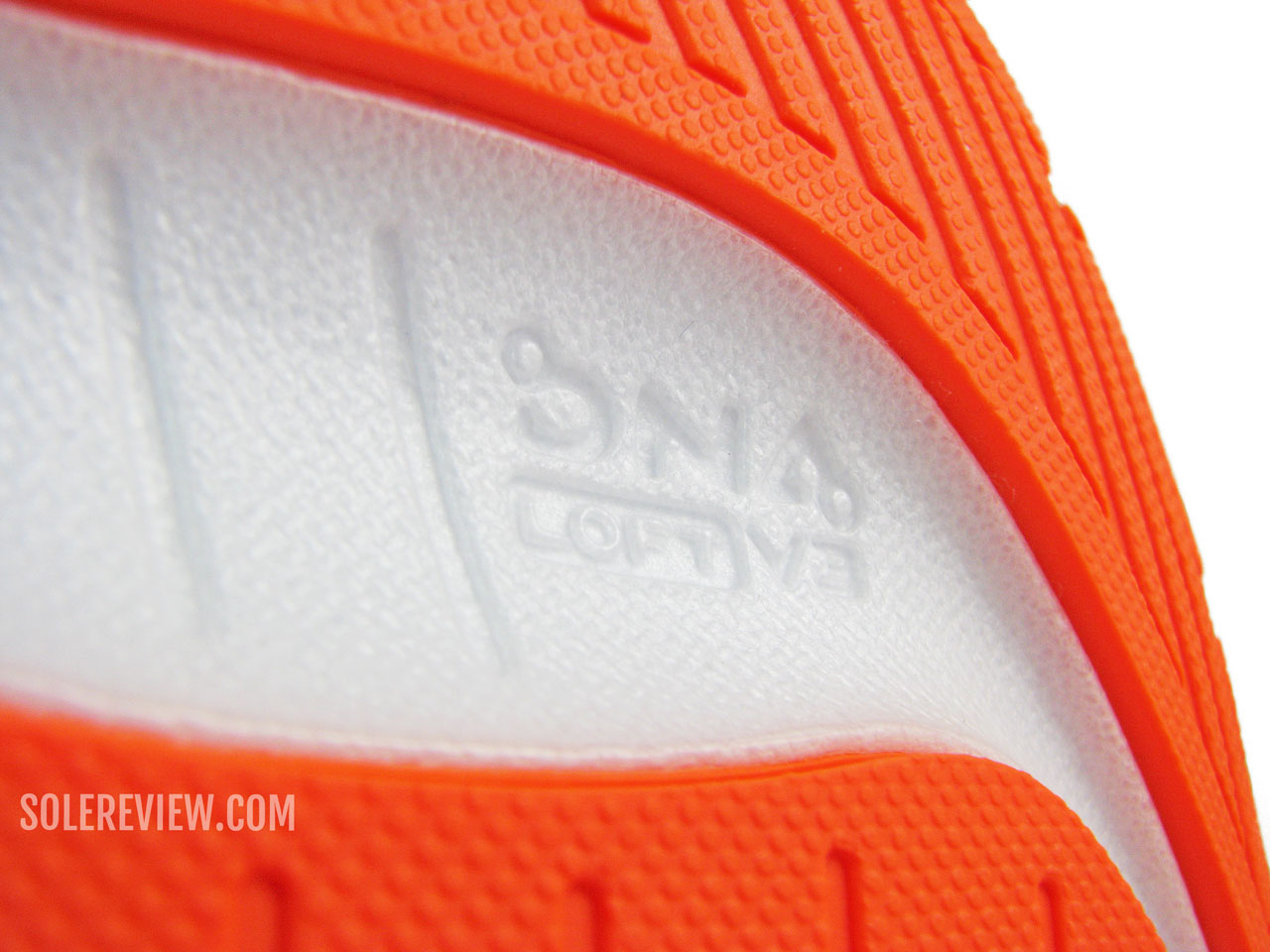
Though the DNA Loft V3 foam isn’t super soft, it offers supportive ride comfort.
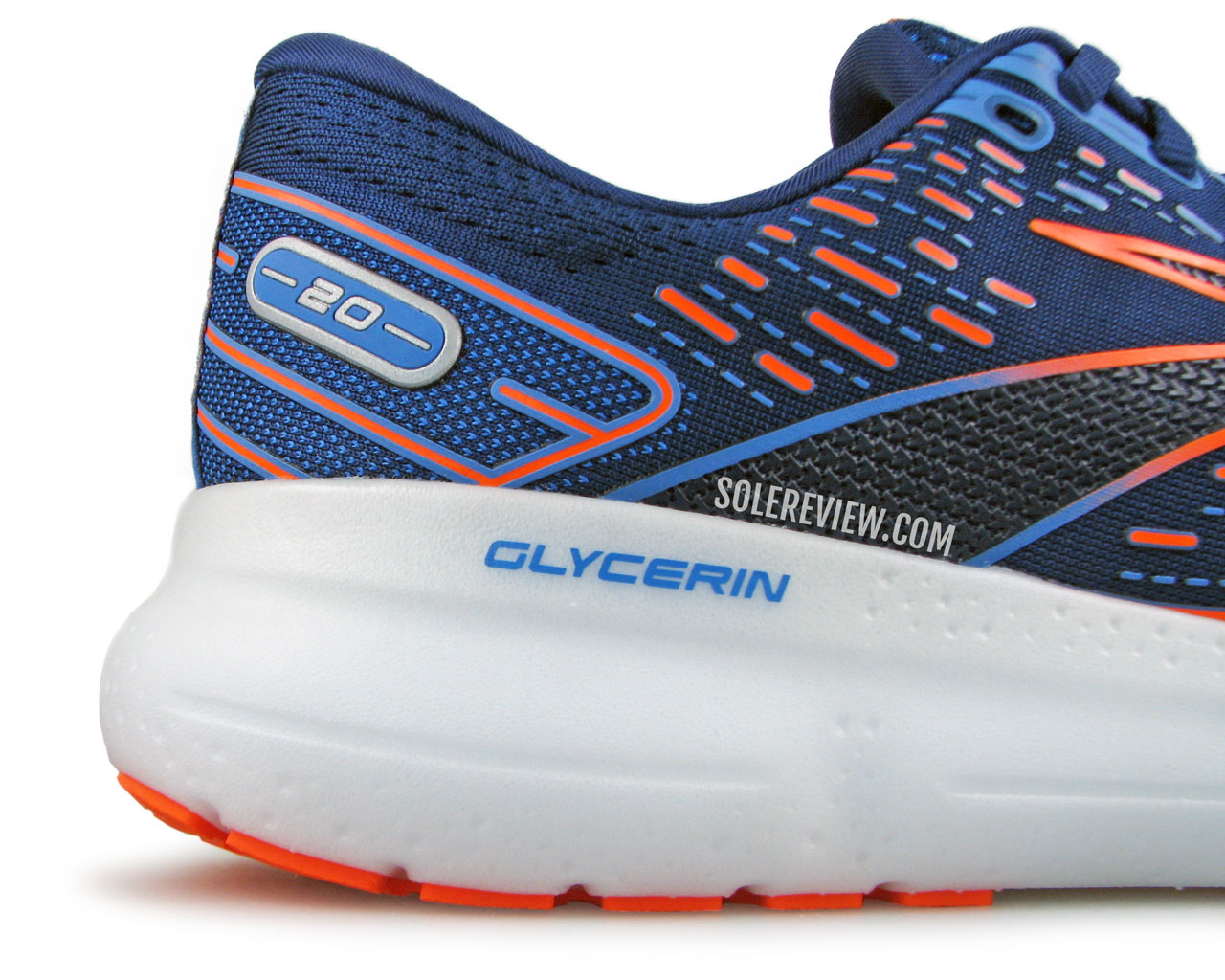
Though slightly heavy, the Brooks Glycerin 20 makes a strong case for itself as a long-distance cruiser.
There’s ample cushioning for longer runs, and the wide midsole adds stability. A full-coverage rubber outsole and a rounded heel edge make the transitions smooth.
Brooks has a reputation for making plush and seamless uppers, and the G-20 doesn’t disappoint.
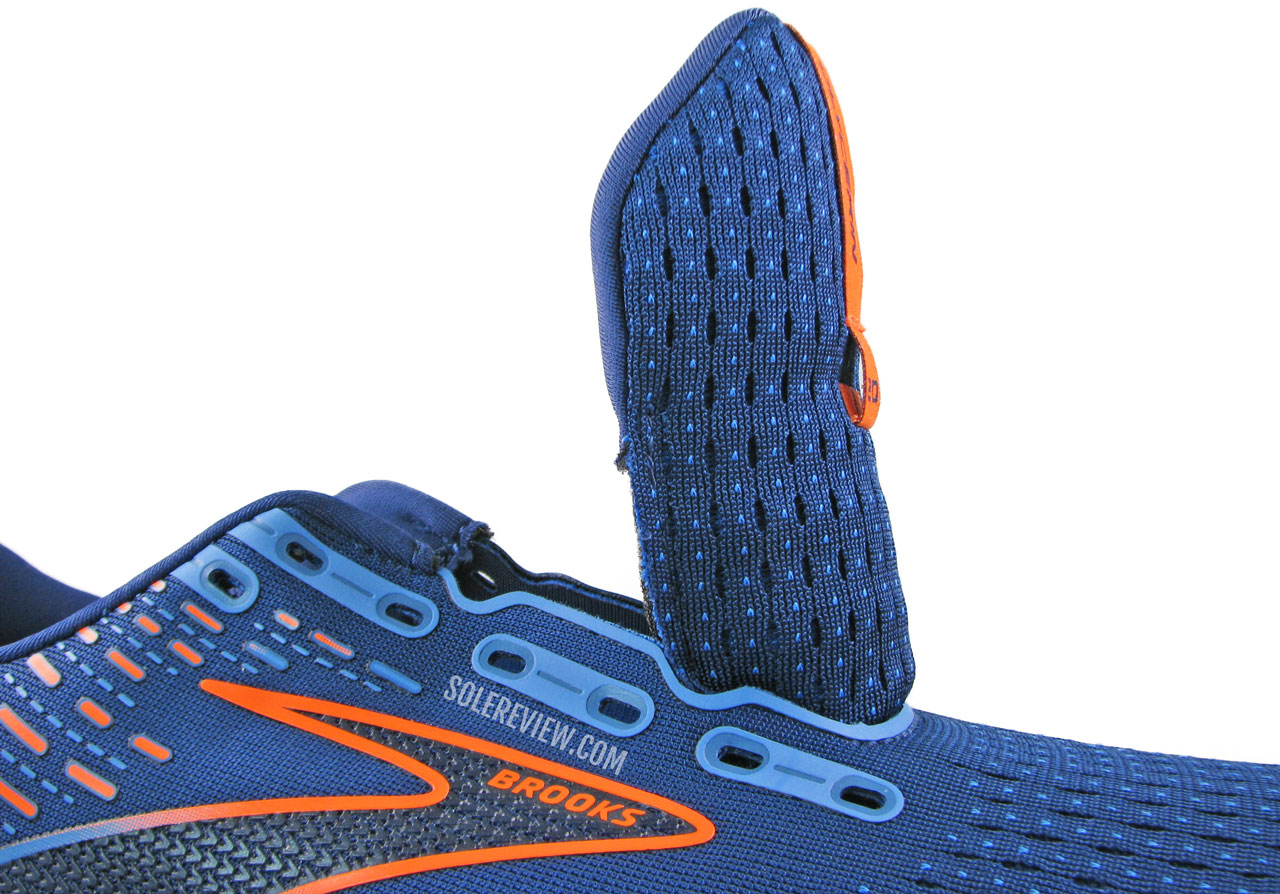
Unlike the past models, the Glycerin 20’s tongue lacks a sleeve. That said, the upper is plush and secure.
The plump heel collar and padded tongue create a secure yet plush interior. Do note that the Glycerin 20 lacks an inner sleeve as the Glycerin 19 (and prior models) did.
Since 10.2 ounces isn’t exactly lightweight, the Glycerin 20 is best used as a daily trainer at cruising speeds. There’s plenty of cushioning underneath, so the running distance isn’t a limiting factor.
4) Supportive daily neutral trainer: Brooks Ricochet 3
The Ricochet (and the Bedlam) are spin-off models based on the Levitate – the first Brooks running shoe with the distinctive encased Polyurethane midsole.
The PU foam core makes the Levitate’s ride cushioned and responsive, whereas the firmer ‘skin’ prevents the midsole from bottoming out. This gives the Levitate’s DNA AMP sole a vertically-biased cushioning. It was very unique at the time of its debut, and still is.
But the Ricochet 3 isn’t the Levitate.
Its midsole is part DNA AMP and part EVA foam. The forefoot DNA AMP wedge gives the ride a snappy feel without adding excess weight. Underneath, the EVA layer (BioMogo DNA from the older Ghost and Glycerin) forms a cushioned layer for everyday runs.
The Richochet 3’s upper is a significant improvement over the 2. The previous model had a sock-like entry with clumsy lacing loops. The V3 uses a proper tongue flap and a dedicated lacing panel with molded eyelets. The knit collar band is slightly padded on the inside for a comfortable and secure fit.
It’s worth pointing out that, unlike the V2, most of the Richochet 3’s cushioning is delivered by the BioMogo EVA foam and not the DNA AMP material. The last model had a full-length layer of DNA AMP over the EVA midsole; this time it’s just the forefoot wedge.
The differences aside, the 9.7-ounce is a competent and comfortable trainer suitable for daily runs and the occasional long-distance workout.
Also see: The Brooks Levitate GTS 5 – the stability version of the Ricochet at a $30 price premium. This shoe used to be previously called the Bedlam.
5) Lightweight neutral trainer: Brooks Launch 9
Until a couple of years ago, the Brooks Launch was an acquired taste. It had a noticeably firm ride that was excellent for faster speeds, but did not find favor with runners who wanted a softer ride experience.
That changed with the last year’s Launch 8. As highlighted in our review, the EVA foam midsole was much softer than any of the previous iterations.
For 2022, the Brooks Launch 9 gets a brand-new midsole and outsole. Nonetheless, it’s still a shoe for tempo runs, and the midsole offers a higher level of ride comfort. There’s a full outsole as well, so the Launch doesn’t cut corners. Sadly, the price has gone up by $10, so the Launch 9 is now a $110 running shoe now.
The minimally-constructed upper is a good fit for the midsole design. A single-piece mesh exterior locks the foot down, while the standard heel and tongue keep the insides comfortable.
The Launch 9 breathes extremely well – that’s we have it on our summer shoe recommendations.
6) Lightweight Tempo trainer: Brooks Hyperion Tempo
The Hyperion Tempo is clearly inspired by the Skechers’ Hyperburst pack, so the results are remarkably similar. The Tempo is a 7.2-ounce shoe with firm cushioning – a combination that works like a charm for fast distance runs.
The Skechers GoRun Razor 3 Hyper and the Brooks Hyperion Tempo – both feel like a chip off the same block.
Here’s our detailed take on the Hyper-T.
7) Max-support trainer: Brooks Addiction GTS 15
We’re not sure which shoe the Addiction GTS 15 replaces. Is it the outgoing Addiction 14, or the Brooks Beast 20? If the Beast ’22 doesn’t show up in 2022, we’ll know for sure.
For now, we’ll have to take this shoe at face value. The way we see it, the Addiction GTS 15 is halfway between the Transcend and Beast. The Addiction has a wide midsole that’s cushioned and stable; this is a 12.2-ounce (346 gram) shoe that works best for leisurely runs.
The soft mesh upper is roomy, and the insole can be replaced with a pair of custom orthotics. When fully stocked, the Addiction GTS 15 is available in four widths.
8) All-around trail running: Brooks Cascadia 16
The Cascadia 16 is a robustly constructed trail shoe with a superior grip and versatile character.
It’s comfortable for frequent trail use as well as stable enough for technical terrain. Fast trail running on steep gradients is the only use case we don’t recommend because of the Cascadia’s relaxed midfoot fit.
The wide DNA Loft midsole delivers the cushioning and support required for the longer trail miles. The Cascadia 16’s Trailtack rubber outsole has an excellent grip on most wet and dry surfaces. The forefoot has a flexible ‘ballistic’ rock shield for protection against the pointy roots and jagged rock edges.
The upper is reinforced with a fused mudguard and toe-box that prevents the slush from sticking to the upper edge.
If you plan to wear gaiters with the shoe, there’s an elastic loop on the tongue to hook the D-ring.
A waterproof Cascadia 16 GTX (Gore-Tex) is available for $30 extra over the regular model. We reviewed the Cascadia 16 GTX just recently.
Do you own any of these shoes? Improve this review by sharing your insights – submit a review here.

